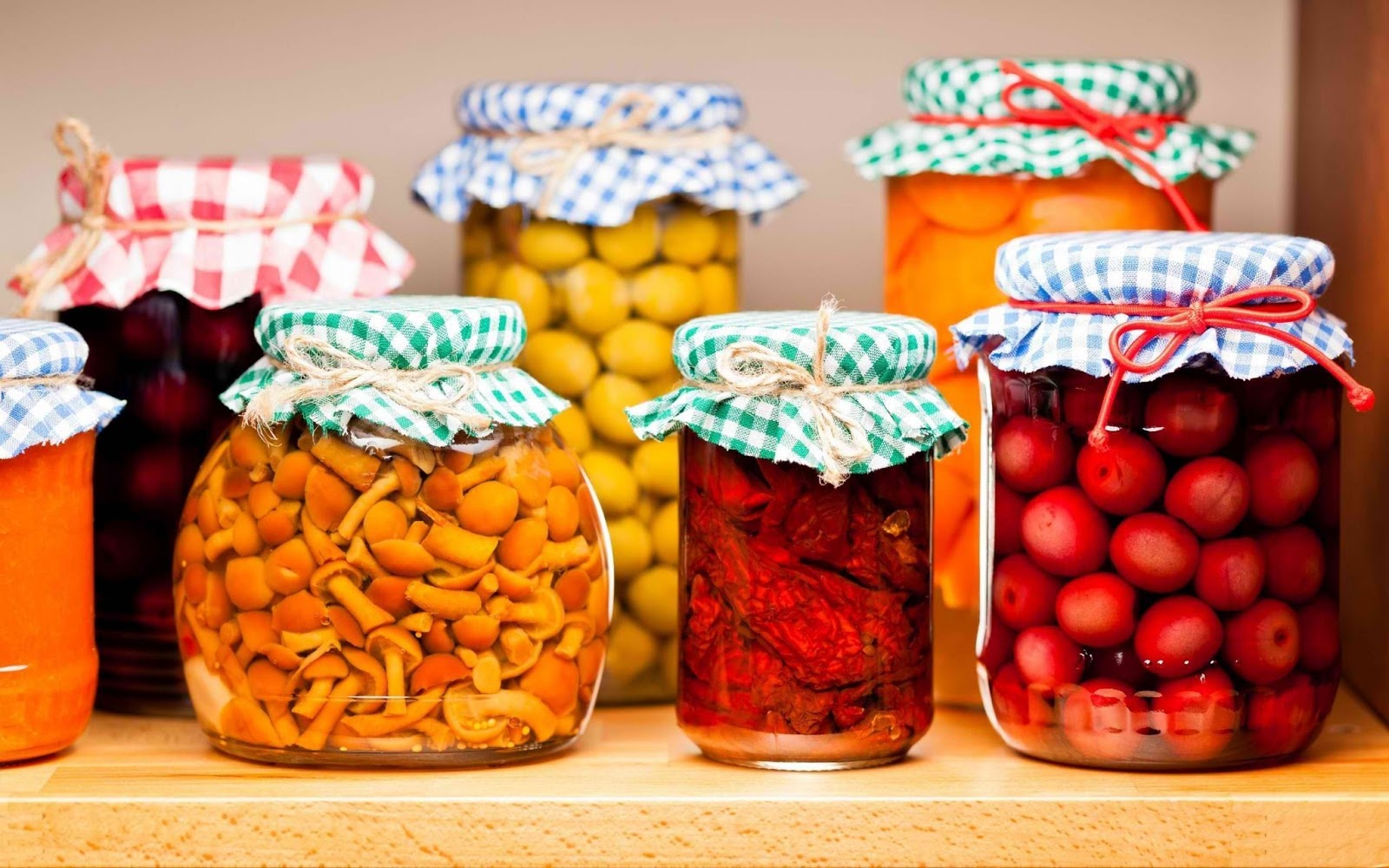

Articles
How To Store Canned Fruit After Opening
Modified: May 6, 2024
Learn how to properly store canned fruit after opening with our helpful articles. Keep your fruit fresh and delicious for longer.
(Many of the links in this article redirect to a specific reviewed product. Your purchase of these products through affiliate links helps to generate commission for Storables.com, at no extra cost. Learn more)
Introduction
Opening a can of fruit is a delightfully convenient way to enjoy the flavors of your favorite fruits year-round. Whether you’re indulging in juicy peaches, tangy pineapple, or succulent pears, canned fruit offers a taste of freshness even when it’s out of season. However, once you’ve cracked open that can, you may find yourself wondering how to store the remaining fruit to keep it fresh and flavorful.
Proper storage techniques for opened canned fruit are essential to maintain its quality, prevent spoilage, and ensure optimal taste and texture for future servings. In this article, we will explore some effective methods for storing opened canned fruit to prolong its shelf life and maximize enjoyment.
Key Takeaways:
- Properly storing opened canned fruit is crucial to maintain its freshness and flavor. Utilize airtight containers, refrigeration, or freezing to extend shelf life and preserve taste and texture.
- Don’t discard leftover syrup or juice from opened canned fruit – use it to enhance flavor and moisture. Follow hygiene practices, label containers, and consume within a reasonable time for optimal enjoyment.
Read more: How To Store Canned Chickpeas After Opening
Proper Storage Techniques for Opened Canned Fruit
After opening a can of fruit, it’s crucial to store the remaining contents properly to maintain their freshness and avoid potential food waste. Here are four recommended storage techniques:
- Transferring to an Airtight Container: One of the simplest and most effective ways to store opened canned fruit is to transfer it to an airtight container. Choose a container that is the appropriate size to accommodate the remaining fruit without leaving too much empty space. Make sure the container has a tight-fitting lid to prevent moisture and air from entering, which can lead to spoilage. Label the container with the date of opening to keep track of its freshness.
- Refrigerating Canned Fruit: Refrigeration is a popular storage method for opened canned fruit, as it helps to prolong its shelf life and maintain its quality. Place the remaining fruit and its juice into a clean, sealed container or covered bowl and store it in the refrigerator. This method is particularly effective for fruits that are more delicate, such as cut peaches or segmented oranges.
- Freezing Canned Fruit: If you don’t plan to consume the remaining fruit within a few days, freezing is an excellent option to extend its shelf life. Drain the fruit from its syrup or juice and pat it dry with a paper towel to remove excess moisture. Transfer the fruit into freezer-safe containers or resealable freezer bags, making sure to remove as much air as possible before sealing. Frozen canned fruit can usually be stored for several months, maintaining its taste and texture.
- Using Syrup or Juice from the Can: In some cases, you may have leftover syrup or juice from the canned fruit. Instead of discarding it, consider using it to enhance the flavor of the stored fruit. Pour the syrup or juice into the storage container along with the fruit, ensuring that the liquid covers all the fruit pieces. This method adds moisture and preserves the fruit’s juiciness, making it a delicious option for later use.
By employing these storage techniques, you can ensure that your opened canned fruit remains fresh and delicious for an extended period. However, it’s essential to note that the storage duration can vary depending on the fruit’s type, quality, and specific storage conditions. Monitoring the fruit’s appearance, smell, and taste is crucial to determine if it is still safe to consume.
Transferring to an Airtight Container
When it comes to storing opened canned fruit, transferring it to an airtight container is a simple yet effective method. By doing so, you can protect the fruit from exposure to air and moisture, which can lead to spoilage.
To start, select a clean and dry container that is suitable for the amount of remaining fruit. It’s important to choose a container with an airtight lid to ensure a tight seal. Mason jars, Tupperware, or food storage containers with a locking mechanism are excellent options for this purpose.
Before transferring the fruit, examine it carefully to ensure there are no signs of spoilage, such as mold or off-putting odors. If the fruit appears to be in good condition, carefully drain any excess syrup or juice from the can.
Next, gently transfer the fruit from the can to the airtight container using a clean utensil. Take care not to crush or mash the fruit during the transfer process. If the fruit is in large pieces, you may consider cutting or slicing it into smaller portions before transferring it to the container.
Once all the fruit is transferred, seal the container tightly. Make sure the lid is securely fastened to prevent any air or moisture from entering. It’s also a good idea to label the container with the date of transfer, as well as the type of fruit, for easy reference.
Finally, store the airtight container in a cool and dry place. Avoid exposing it to direct sunlight or extreme temperature fluctuations, as this can affect the quality and shelf life of the fruit.
Transferring opened canned fruit to an airtight container helps to preserve its freshness and flavor, making it ready for future use in various recipes or as a standalone snack. Remember to check the container periodically for any signs of spoilage and discard the fruit if it becomes discolored, develops an unusual odor, or tastes off.
Refrigerating Canned Fruit
Refrigerating opened canned fruit is an effective way to extend its shelf life and maintain its quality for a few days. By keeping the fruit at a colder temperature, you can slow down the growth of bacteria and preserve its freshness.
To refrigerate canned fruit, start by transferring the remaining fruit and its juice or syrup to a clean, sealed container or a covered bowl. Make sure the container is food-safe and has a tight-fitting lid to prevent any air from entering.
Prior to storing the fruit, inspect it for any signs of spoilage, such as mold or an off odor. If the fruit looks and smells fresh, proceed with the refrigeration process.
Once the fruit is in the container, seal it tightly to prevent any moisture or odors from entering. Label the container with the date of refrigeration to keep track of its freshness, especially if you have multiple containers of refrigerated fruit.
Place the container in the refrigerator, ideally on a shelf where it won’t be disturbed frequently. It’s important to keep the temperature of the refrigerator at or below 40 degrees Fahrenheit (4 degrees Celsius) to ensure food safety and optimal preservation.
Refrigerated canned fruit can typically last for up to three to five days, depending on the specific fruit and storage conditions. However, it’s important to note that the texture and taste of refrigerated fruit may change slightly over time.
When you’re ready to consume the refrigerated fruit, take out the desired amount and serve it chilled or at room temperature. You can enjoy it as is, use it as a topping for yogurt or cereal, or incorporate it into various recipes, such as fruit salads or smoothies.
Remember to discard any refrigerated canned fruit that shows signs of spoilage, such as an unusual color, off odor, or slimy texture. It’s always better to err on the side of caution and prioritize food safety.
Refrigerating opened canned fruit is a convenient option to preserve its freshness for a few extra days. By following these guidelines, you can enjoy the remaining fruit without worrying about it spoiling quickly.
Store opened canned fruit in a clean, airtight container in the refrigerator. Use the fruit within 3-4 days for best quality and flavor.
Freezing Canned Fruit
If you have opened canned fruit that you won’t be able to consume within a few days, freezing it is an excellent way to extend its shelf life for several months. Freezing not only helps to preserve the fruit’s freshness but also maintains its texture and flavor.
To freeze canned fruit, begin by draining the fruit from its syrup or juice using a colander or strainer. Gently shake off any excess liquid and pat the fruit dry with a paper towel to remove moisture. This step is essential to prevent ice crystals from forming and compromising the fruit’s quality.
Next, transfer the drained and dried fruit into freezer-safe containers or resealable freezer bags. Be sure to remove as much air as possible from the containers or bags before sealing to prevent freezer burn.
If using containers, leave some headspace at the top to allow for expansion as the fruit freezes. With bags, squeeze out as much air as you can before sealing.
Label the containers or bags with the date of freezing and the type of fruit for easy identification later on.
Place the containers or bags of canned fruit in the freezer, ensuring they are placed on a flat surface for even freezing. Ideally, they should be kept away from any strong-smelling foods to avoid flavor transfer.
Frozen canned fruit can generally be stored in the freezer for up to 6 to 12 months, depending on the fruit’s quality and specific storage conditions.
When you’re ready to use the frozen fruit, remove the desired amount from the freezer and allow it to thaw in the refrigerator overnight or at room temperature for a few hours. Alternatively, you can thaw it in a microwave using the defrost setting, but be careful not to overheat and cause the fruit to become mushy.
Once thawed, the fruit can be enjoyed as a standalone snack, added to smoothies, baked into pies or cobblers, or used in various other recipes.
Remember to discard any frozen canned fruit that shows signs of freezer burn, such as a grayish appearance or ice crystals. It’s always best to use the fruit within the recommended storage duration for optimal taste and quality.
Freezing opened canned fruit is a fantastic option to preserve it for an extended period and ensure that it is readily available for your future culinary endeavors.
Read more: How To Store Canned Beans After Opening
Using Syrup or Juice from the Can
When you have leftover syrup or juice from opened canned fruit, you don’t have to let it go to waste. Instead, you can utilize it to enhance the flavor and preserve the moisture of the stored fruit.
Using the syrup or juice from the can is a simple and delicious way to add sweetness and depth to the fruit when storing it for later use. Here’s how to make the most of it:
Start by carefully draining the fruit from its syrup or juice. Set the fruit aside in a separate container while you focus on the liquid.
Transfer the syrup or juice to the storage container along with the fruit. Ensure that the liquid covers all the fruit pieces, as this will help maintain their juiciness and prevent them from drying out.
Seal the container tightly to prevent any air from entering and affecting the fruit’s quality. If needed, label the container with the date of storage to help track its freshness.
When using the stored fruit, you can enjoy it as is, as a dessert topping, or incorporate it into various recipes. The fruit will have a sweet and flavorful infusion from the syrup or juice, making every bite a delightful experience.
Additionally, you can also consider repurposing the syrup or juice for other culinary creations. It can serve as a sweetener in drinks, a drizzle over pancakes or waffles, or as a component in homemade ice creams or sorbets.
Remember to periodically check the stored fruit for any signs of spoilage. If you notice any discoloration, off odors, or a significant change in texture, it’s best to discard the fruit to ensure food safety.
Using the syrup or juice from opened canned fruit is a fantastic way to make the most of every delicious drop. It adds moisture, enhances flavor, and allows you to savor the full experience of the canned fruit even after it’s been opened.
Additional Tips for Storing Opened Canned Fruit
While the previous storage techniques provide effective ways to store opened canned fruit, here are some additional tips to optimize its freshness and flavor:
- Practice proper hygiene: Before handling the fruit or any storage containers, ensure that your hands are clean and free from any contaminants. This helps prevent the transfer of bacteria or other harmful substances to the fruit.
- Use glass containers: If possible, consider using glass containers for storing opened canned fruit. Glass containers are non-reactive and don’t retain odors or flavors from previous uses, ensuring the fruit’s taste remains intact.
- Separate different varieties: If you have opened cans of different types of fruit, it’s best to store them separately. Mixing different fruits in the same container can lead to flavor transfer and affect their taste.
- Avoid overcrowding: When transferring the fruit to a storage container, avoid overcrowding it. Properly space out the fruit pieces to allow for even airflow, which helps to prevent spoilage.
- Monitor storage conditions: Regularly check the storage area for any signs of temperature fluctuations or excessive humidity. A cool and dry environment is essential for maintaining the quality of the canned fruit.
- Date and label containers: To easily keep track of the freshness of the stored fruit, label the containers with the date of opening or transfer. This ensures that you can prioritize consuming the oldest fruit first.
- Consume opened canned fruit within a reasonable time: While canned fruit has a longer shelf life compared to fresh fruit, it’s still recommended to consume it within a reasonable time frame. Aim to use the stored fruit within a few days to weeks for the best taste and quality.
By following these additional tips, you can further optimize the storage of opened canned fruit and ensure that it remains fresh and enjoyable for as long as possible.
Conclusion
Properly storing opened canned fruit is essential to maintain its freshness, flavor, and overall quality. By utilizing effective storage techniques, you can ensure that the remaining fruit is preserved and ready for future consumption.
Transferring the fruit to an airtight container, refrigerating it, or freezing it are all viable options depending on your specific needs and time constraints. Each method has its advantages and can help extend the shelf life of the fruit while preserving its taste and texture.
Additionally, don’t overlook the syrup or juice from the can. Instead of discarding it, consider using it to enhance the flavor of the stored fruit. This can add a delightful sweetness and juiciness to your fruit, ensuring a satisfying experience every time it’s enjoyed.
Remember to follow hygiene practices, use appropriate storage containers, and monitor storage conditions to maintain the fruit’s quality. Labeling containers with dates and separating different varieties will help you keep track of freshness and avoid flavor transfer.
Lastly, be mindful of the storage duration and try to consume opened canned fruit within a reasonable time frame. While canned fruit has a longer shelf life compared to fresh fruit, it’s still important to prioritize freshness and taste when enjoying these preserved delights.
With these tips in mind, you can confidently store opened canned fruit and savor its flavors long after its initial opening. By taking proper care of your canned fruit, you can indulge in its deliciousness throughout the year, adding a taste of freshness to every bite.
Now that you've mastered storing opened canned fruit, why stop there? Freshness and proper preservation are key in any kitchen. Dive into our comprehensive guide on the best solutions for keeping all your edibles in tip-top shape. Whether you're packing leftovers or bulk purchases, understanding the optimal ways to maintain freshness is crucial. Don't miss our detailed review of food storage options to ensure everything from your pantry staples to snack items remains delicious and safe.
Frequently Asked Questions about How To Store Canned Fruit After Opening
Was this page helpful?
At Storables.com, we guarantee accurate and reliable information. Our content, validated by Expert Board Contributors, is crafted following stringent Editorial Policies. We're committed to providing you with well-researched, expert-backed insights for all your informational needs.
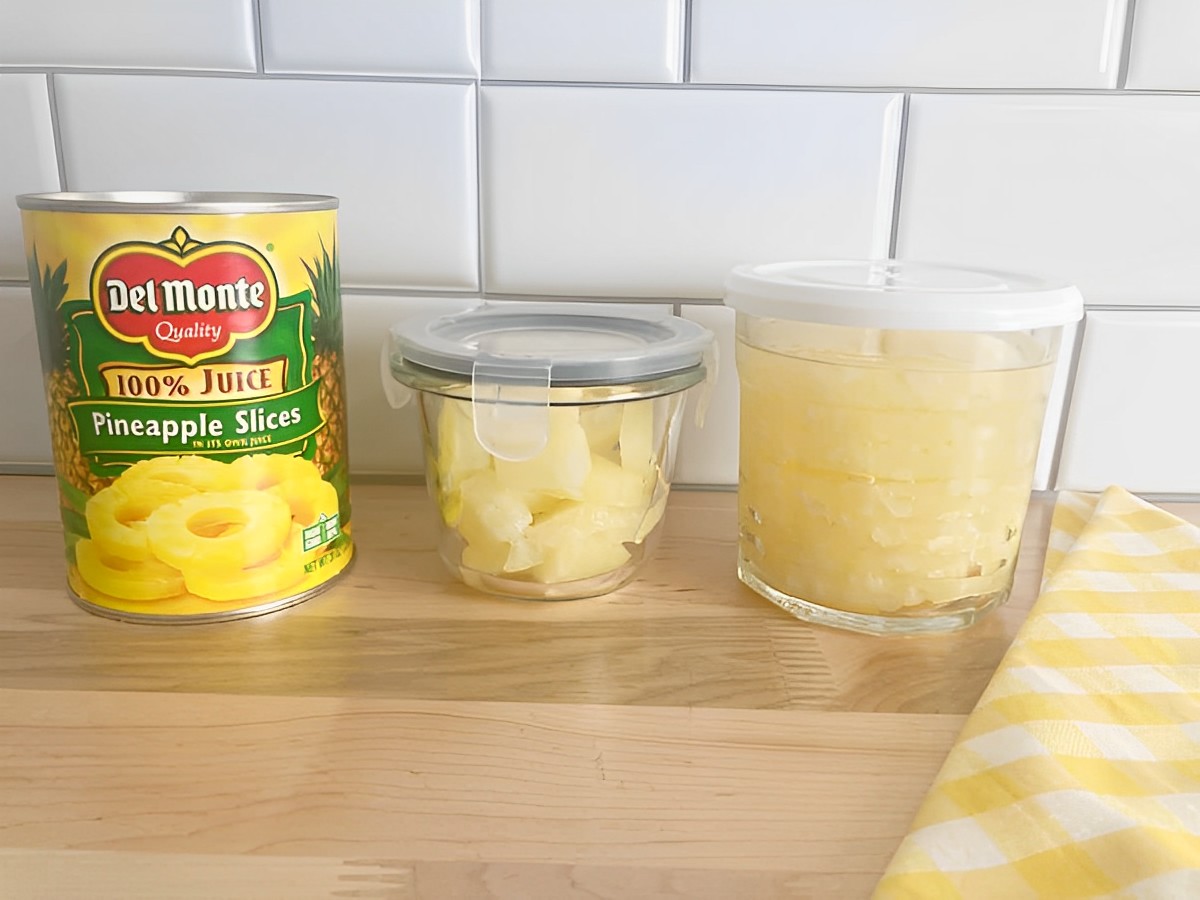
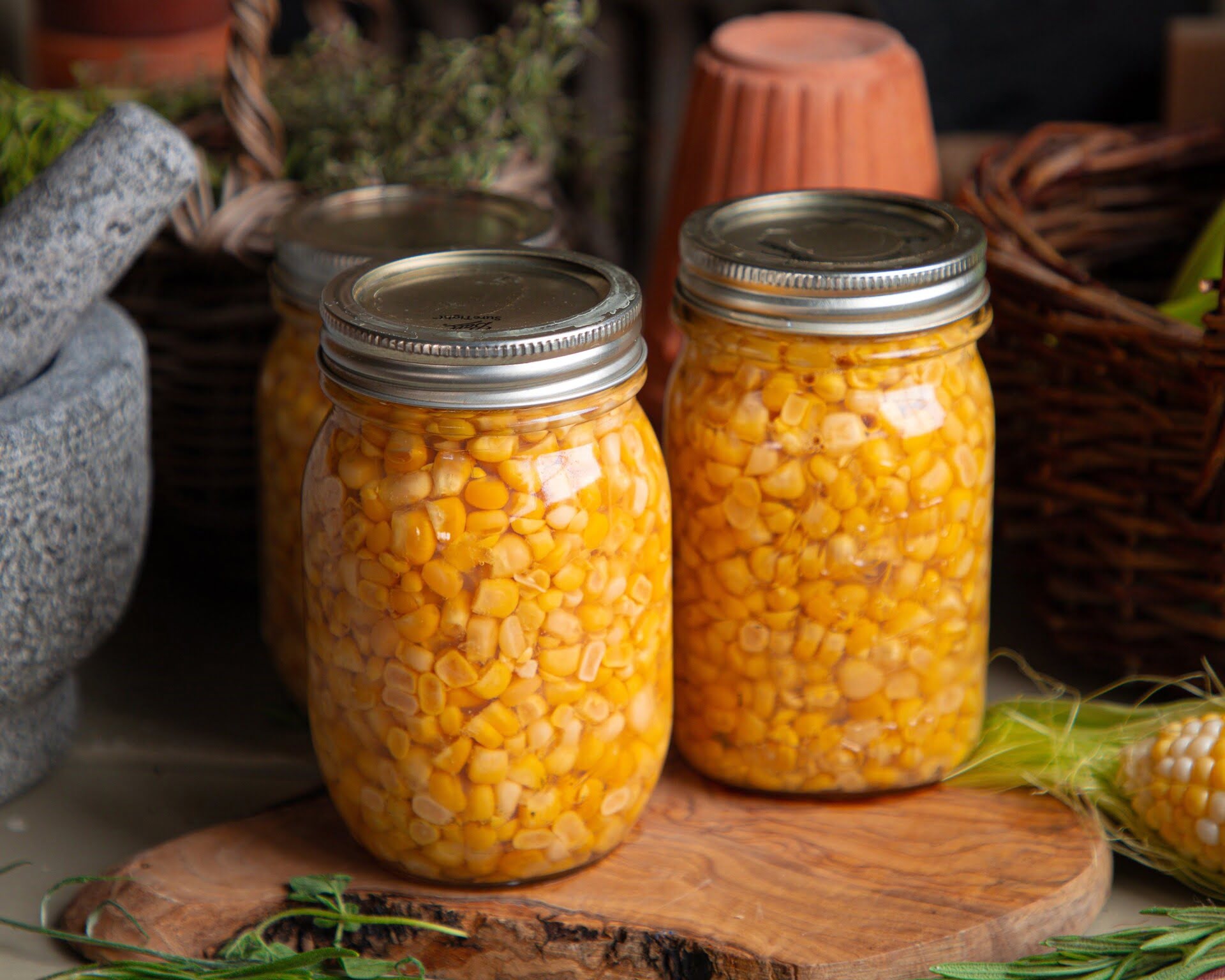
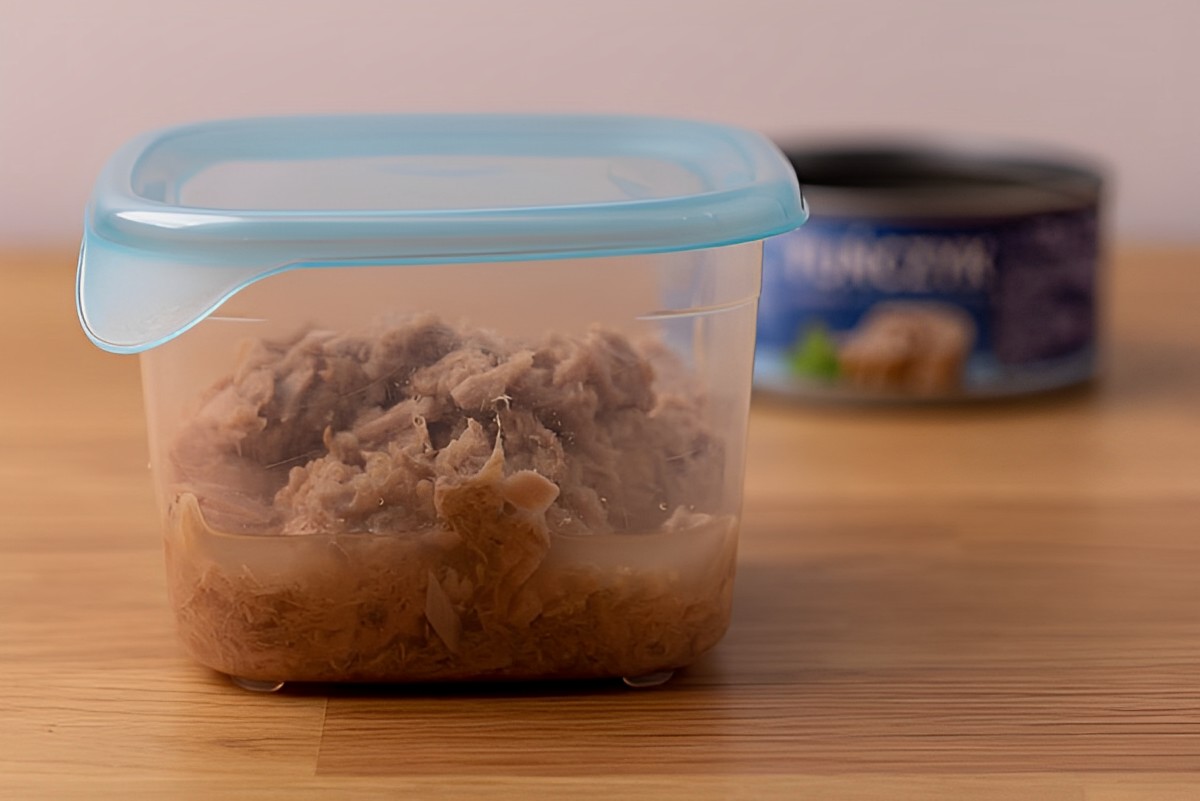

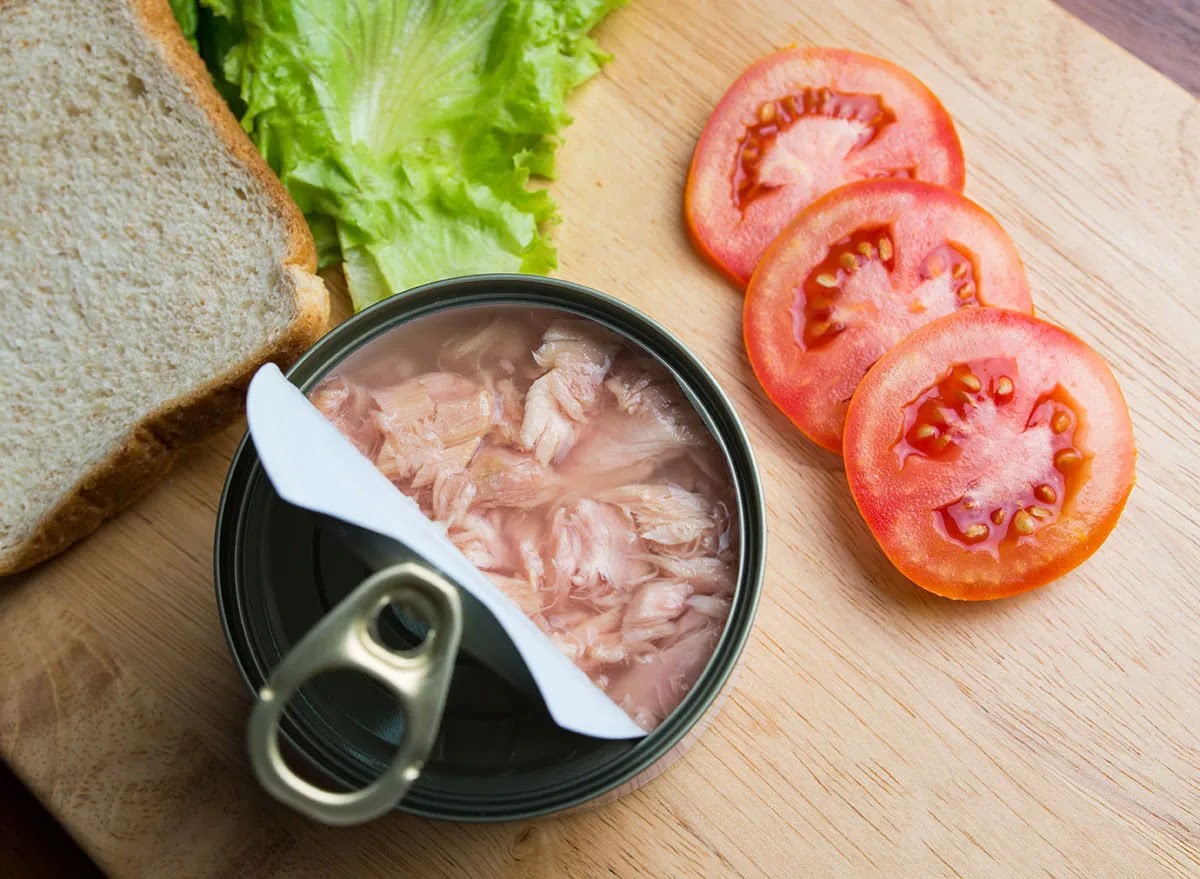
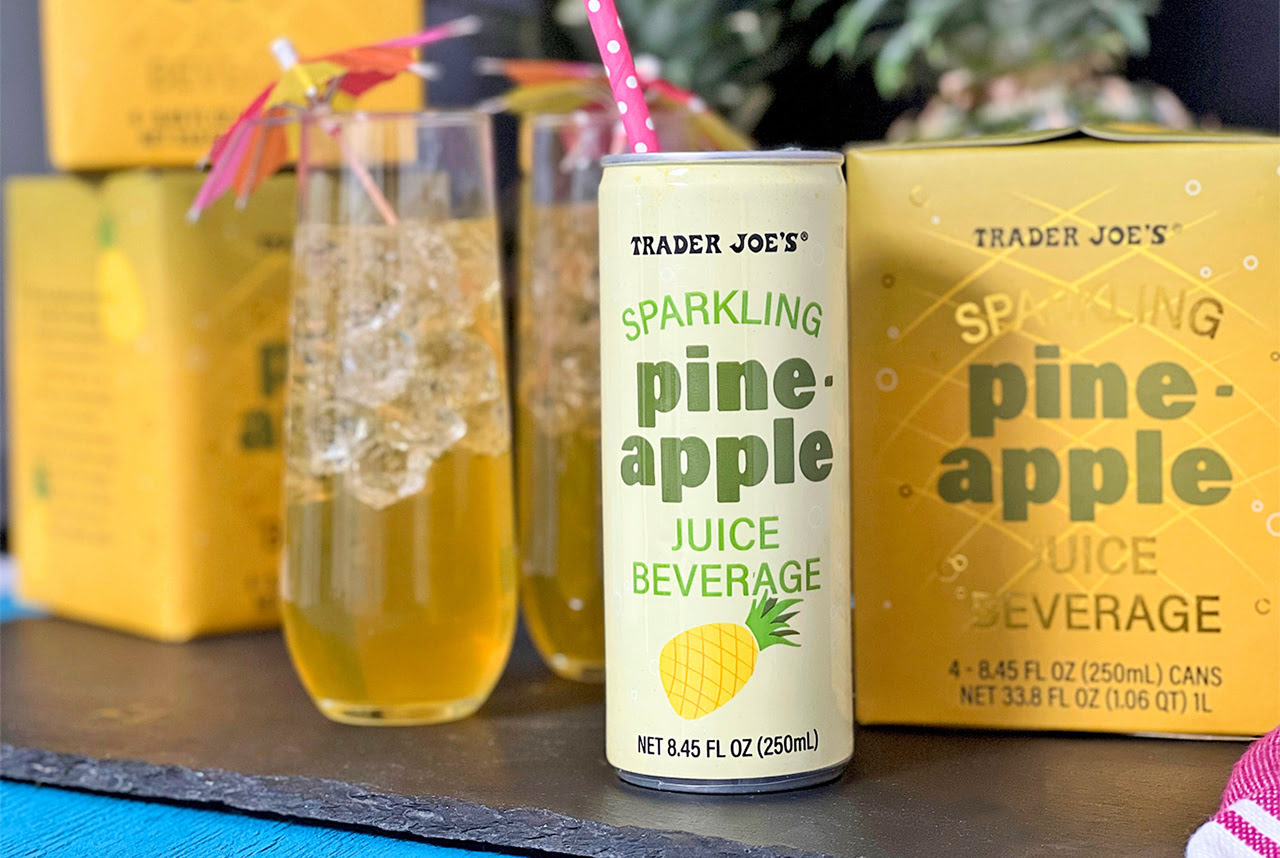
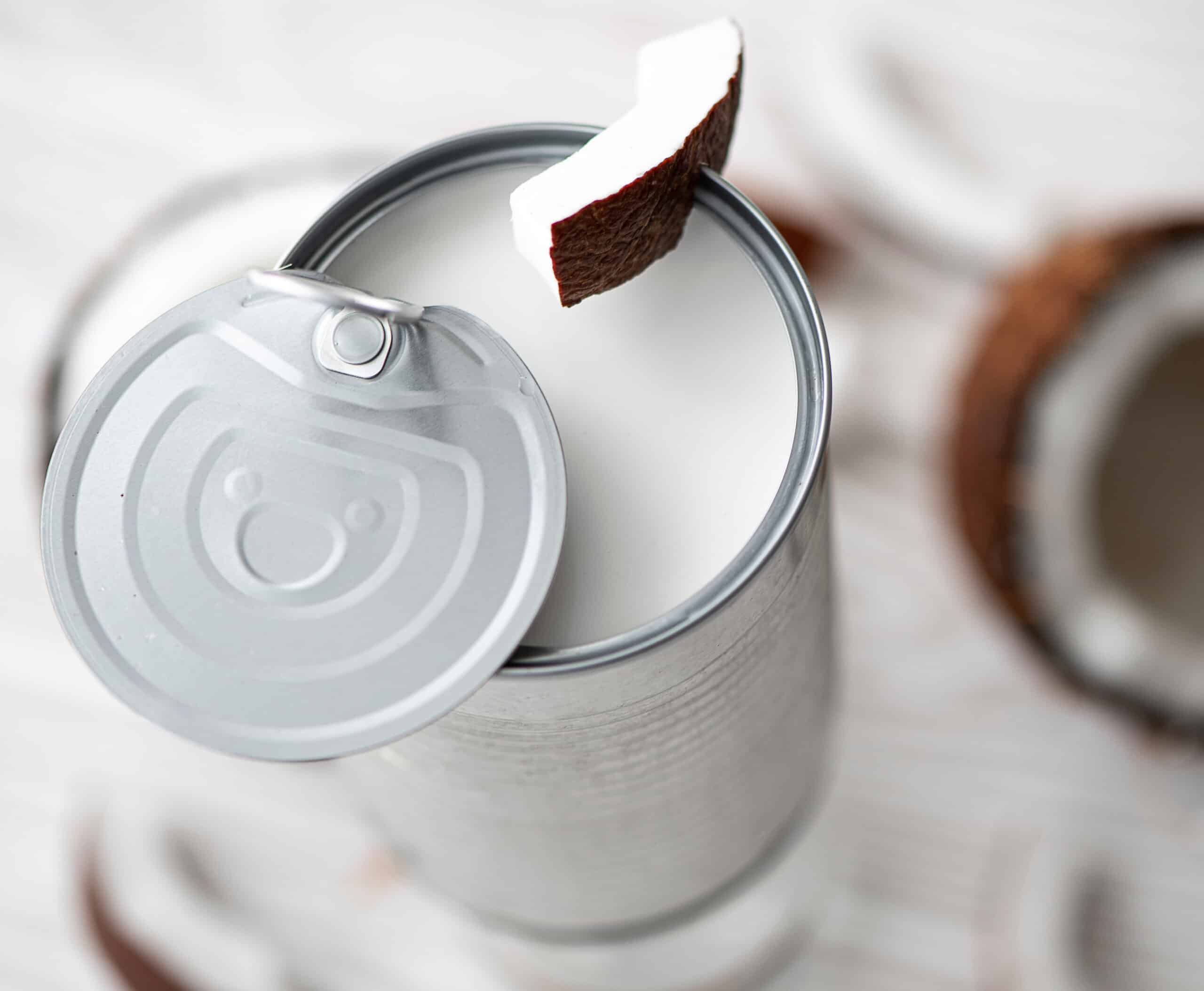








0 thoughts on “How To Store Canned Fruit After Opening”